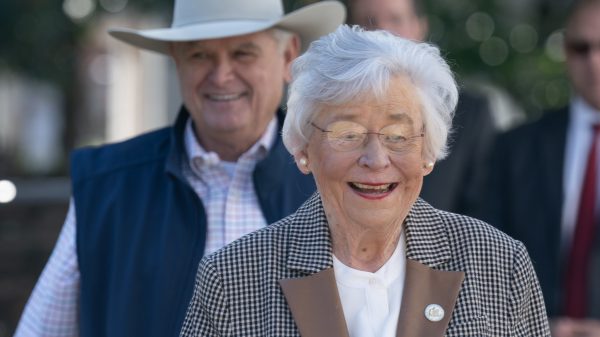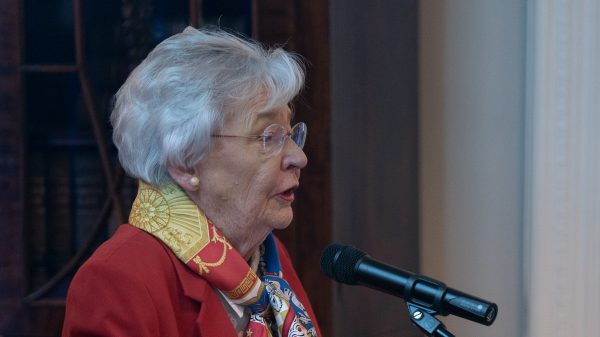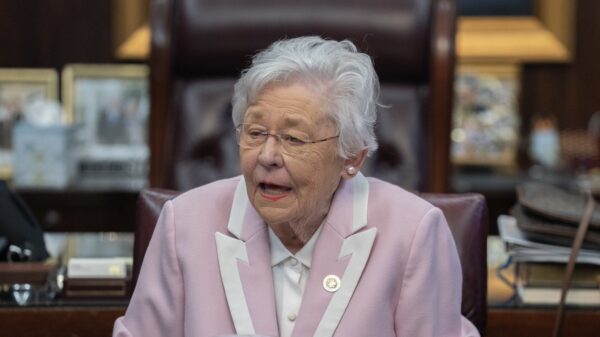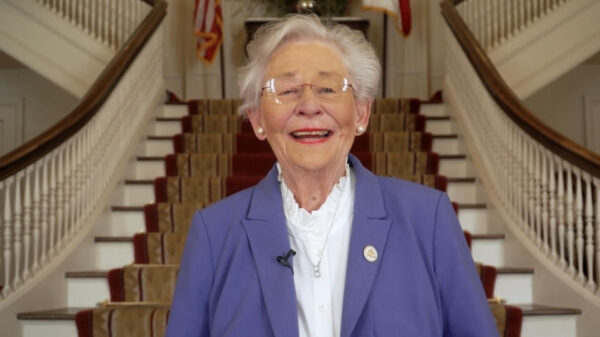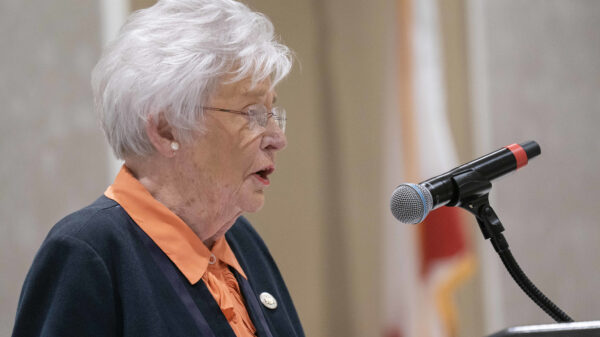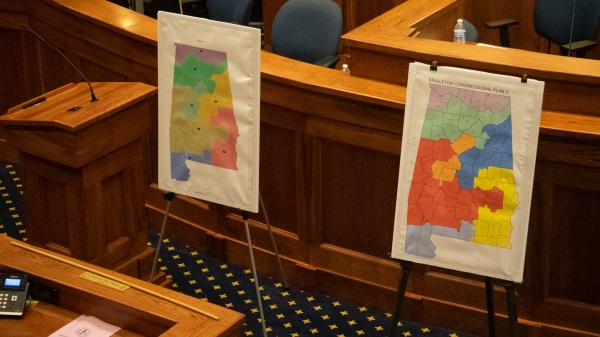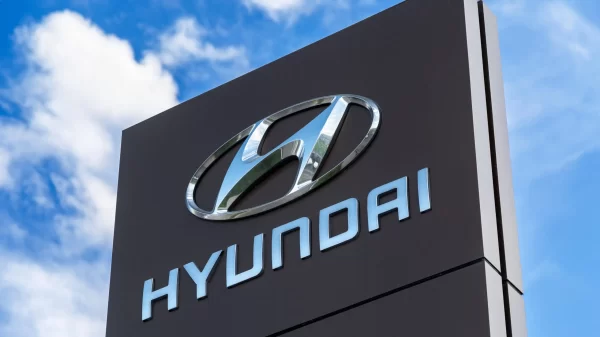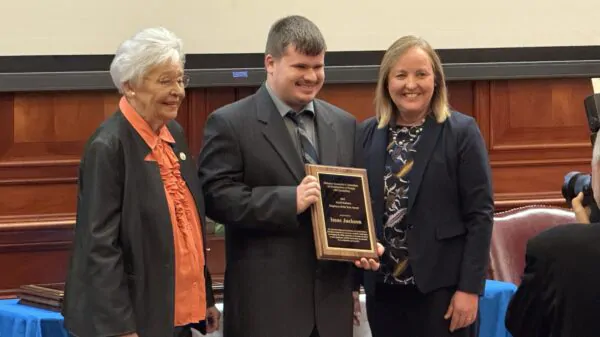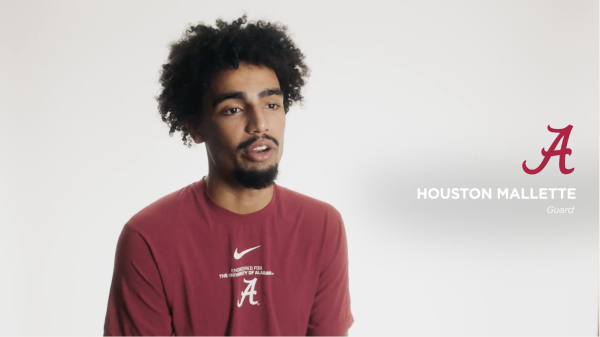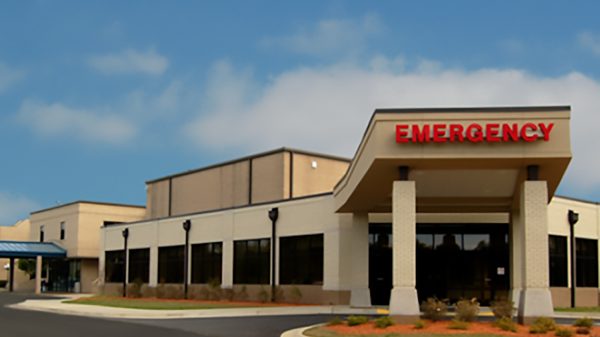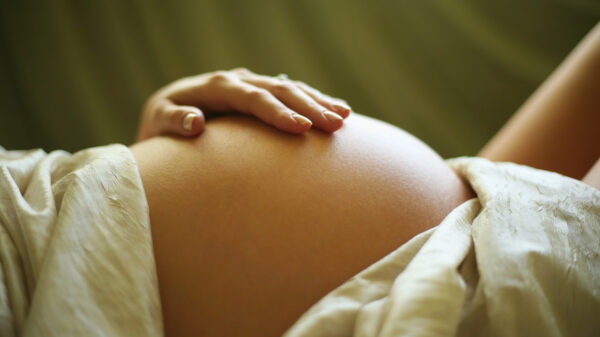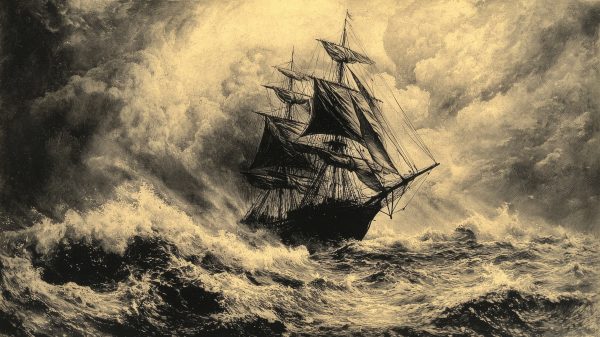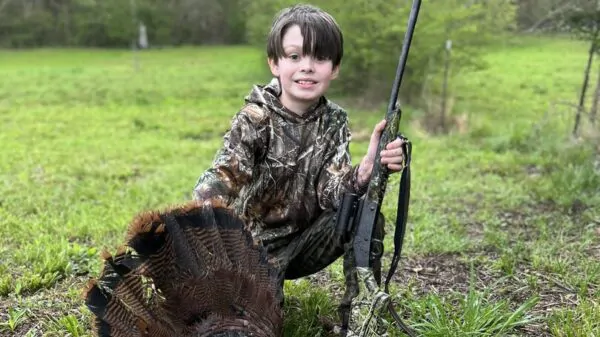Under Alabama’s Chronic Wasting Disease, CWD, Management Zone Regulation (220-2-.167), all deer harvested in the High-Risk Zone and the Buffer Zone of the state’s CWD Management Zone (CMZ) must be submitted for CWD testing during specific weekends of the 2025-2026 white-tailed deer season.
The mandatory sampling weekends in the High-Risk Zone of the CMZ are Nov. 22-23, 2025; Dec. 6-7, 2025; and Jan. 17-18, 2026. The mandatory sampling weekends in the Buffer Zone of the CMZ are Nov. 22-23, 2025, and Jan. 17-18, 2026. The mandatory CWD sampling weekends apply to all of Lauderdale and Colbert counties and part of Franklin County in northwest Alabama.
Mandatory weekends for the High-Risk Zone and Buffer Zone correspond with peaks in Alabama’s deer harvest, the season’s opening weekend and the rut in northwest Alabama. Outside of those weekends, hunters are encouraged to voluntarily drop off samples for testing at the self-service freezers located in the appropriate CMZ zone. For the remainder of the state outside of the CMZ, hunters are also encouraged to voluntarily drop off samples for testing at self-service freezer locations. Sampling locations throughout the state can be found at www.outdooralabama.com/cwd/cwd-zone-map.
All deer harvested by hunters on certain public land in the CMZ are required to be sampled throughout the season. Those public lands include the Freedom Hills, Lauderdale, and Seven-Mile Island wildlife management areas, WMAs; the Cherokee Physically Disabled Hunting Area; and the Riverton Community Hunting Area.
As an incentive to increase CWD samples submitted for testing on scheduled mandatory testing dates, hunters who harvest a deer from within the CMZ and submit their harvest for CWD testing on the mandatory sampling dates of Nov. 22-23, 2025, and Jan. 17-18, 2026, are eligible to receive a CWD Sampling Permit from ADCNR to harvest one additional antlered deer from within the CMZ for each sample submitted. CWD Sampling Permits are only available at WMA check stations and ADCNR mobile sampling locations. No more than two additional CWD Sampling Permits will be issued per hunter above the season bag limit, combined for the High-Risk and Buffer zones. CWD Sampling Permits are non-transferable.
Carcass restrictions are in place under the CWD regulation that prohibit the transport of harvested deer from the CMZ to areas outside the Buffer or High-Risk zones. Deer harvested within the High-Risk Zone must remain and be disposed of within the High-Risk Zone. Deer harvested within the Buffer Zone must remain and be disposed of within the CMZ. Deboned meat, cleaned skull plates and raw hides with no visible brain or spinal cord tissue may be taken outside of these zones. Transporting deer carcasses out of the management zone can potentially spread CWD to currently unaffected areas.
Hunting license and Game Check requirements apply to all white-tailed deer harvests statewide.
CWD is a contagious neurological disease of white-tailed deer and other deer species. It belongs to a group of diseases known as transmissible spongiform encephalopathies. The disease is caused by a mutated protein called a prion. It is always fatal for white-tailed deer. The first case of CWD in Alabama’s deer herd was detected in Lauderdale County in January 2022.
For more information about CWD in Alabama, visit www.outdooralabama.com/cwd-info.






